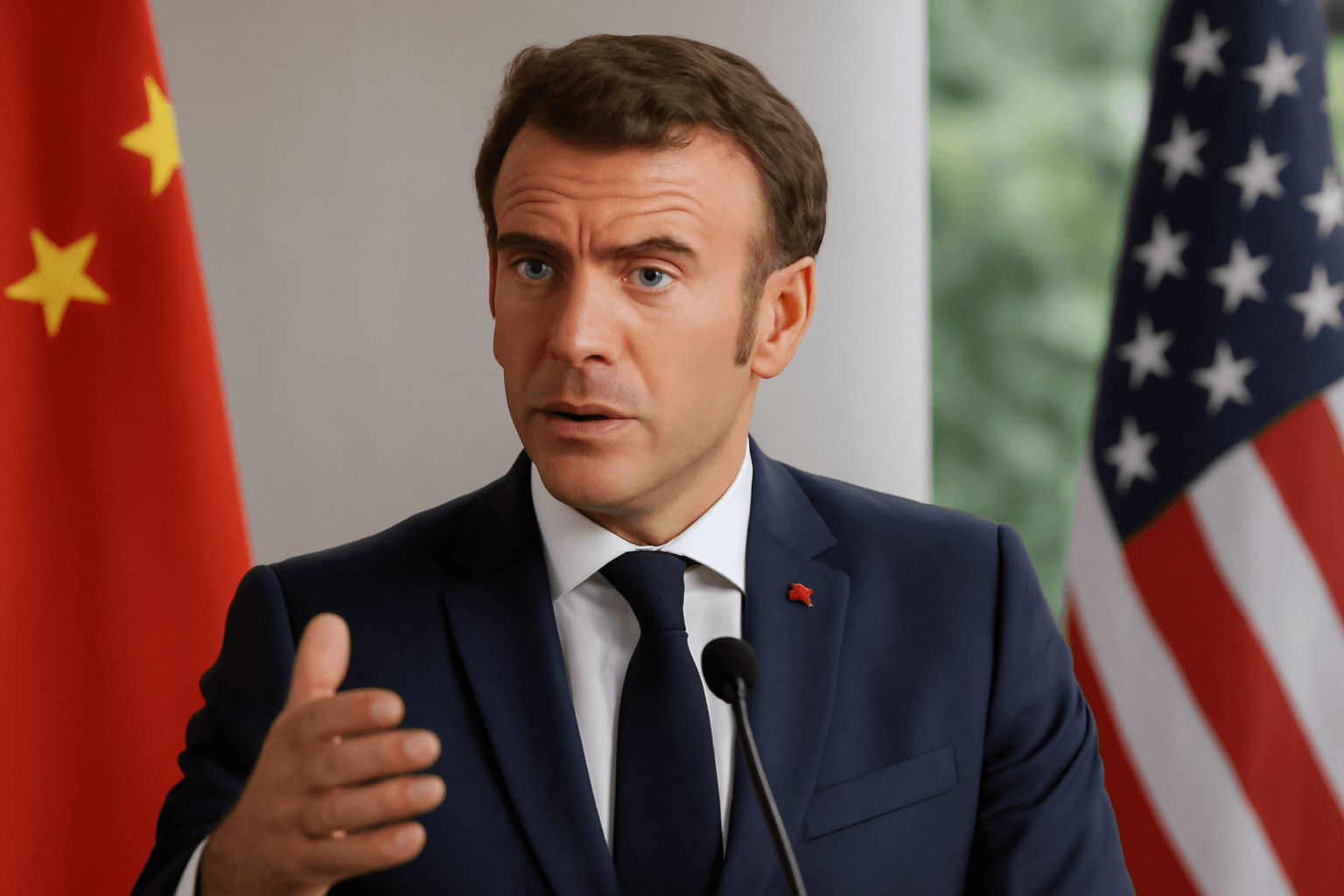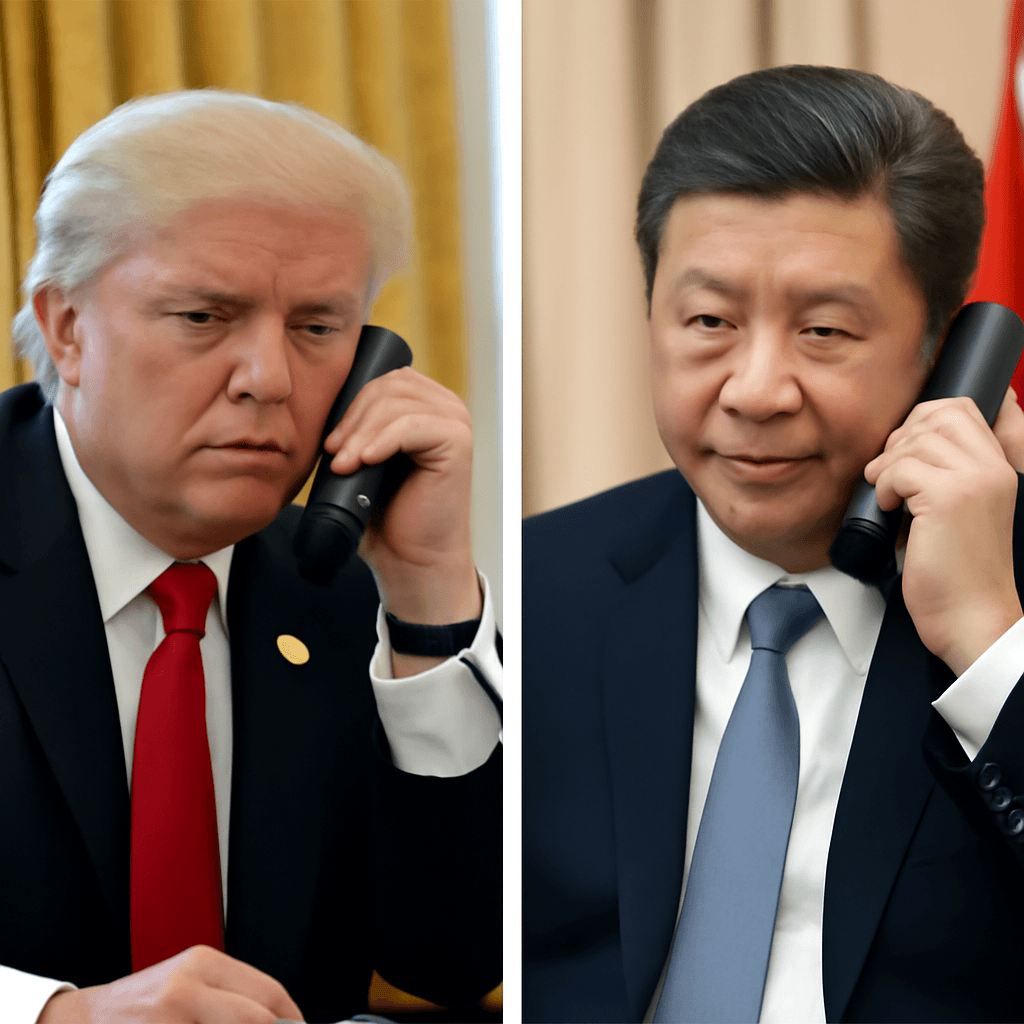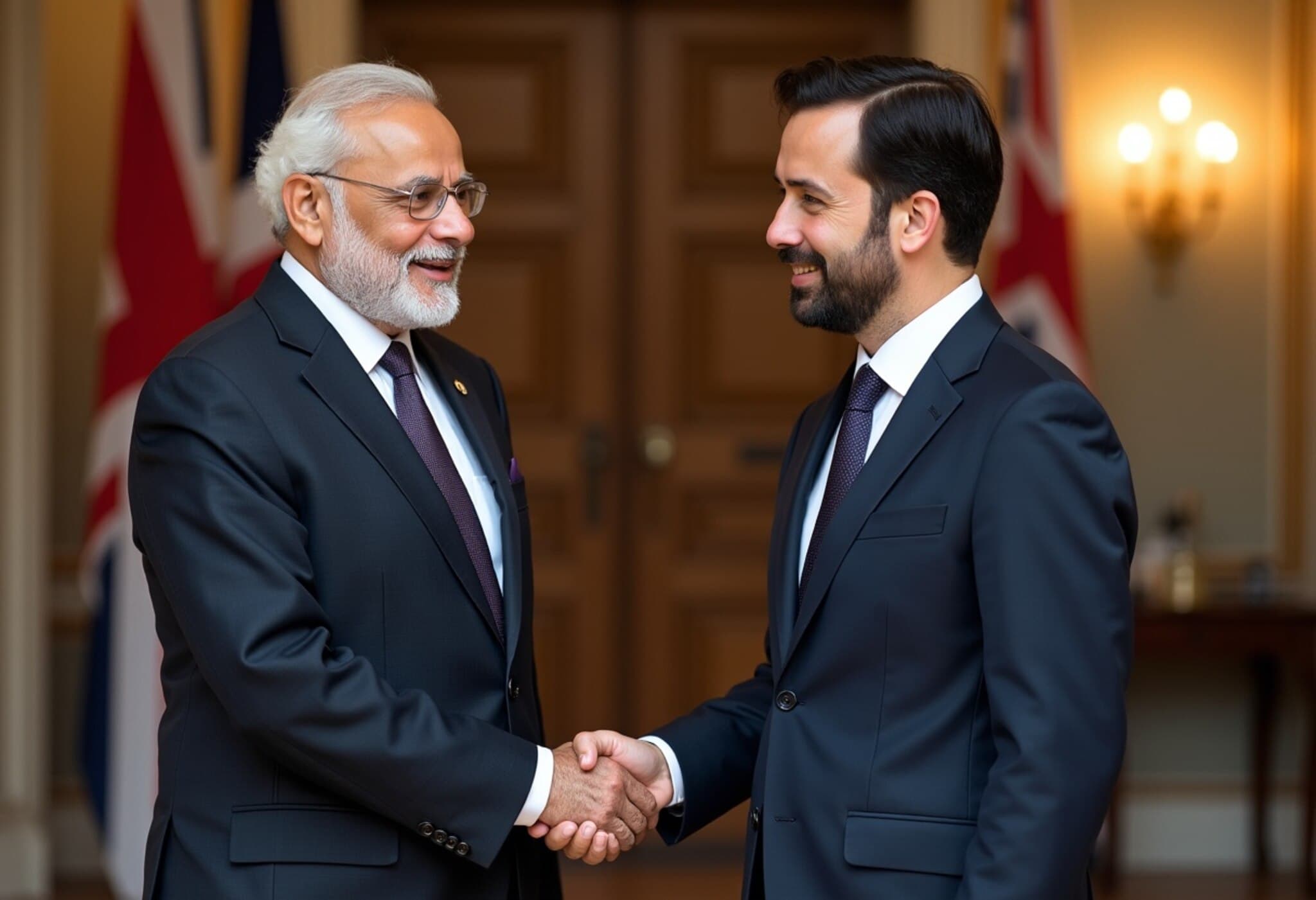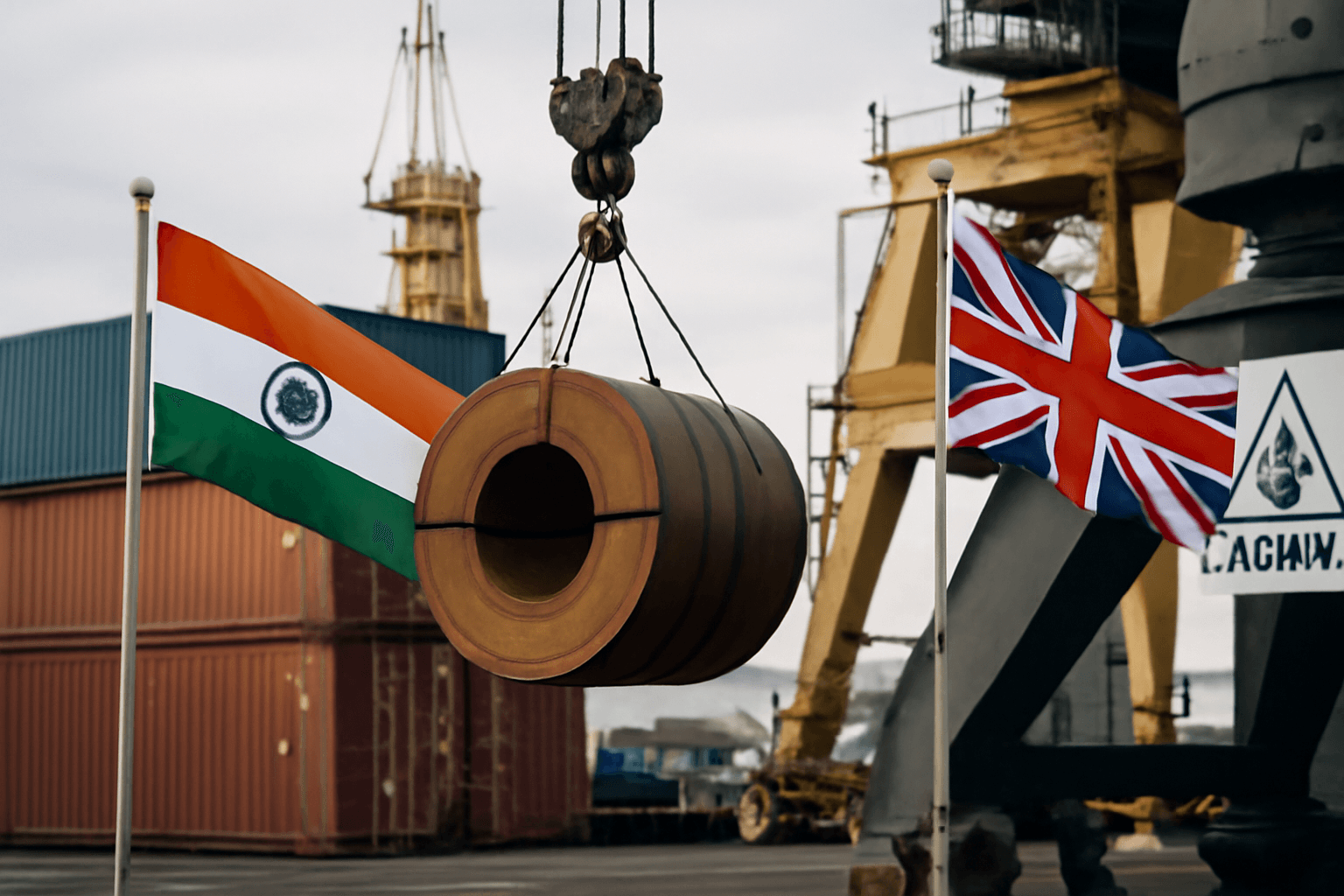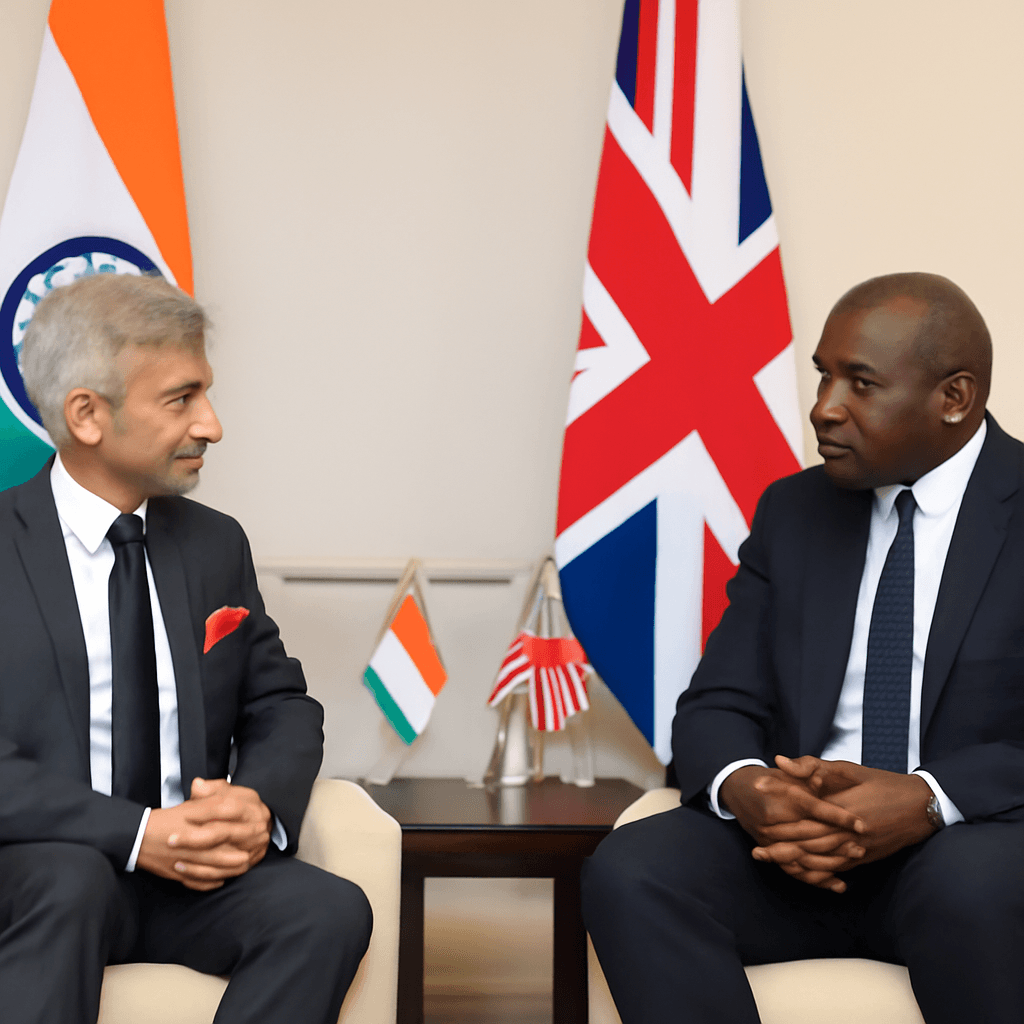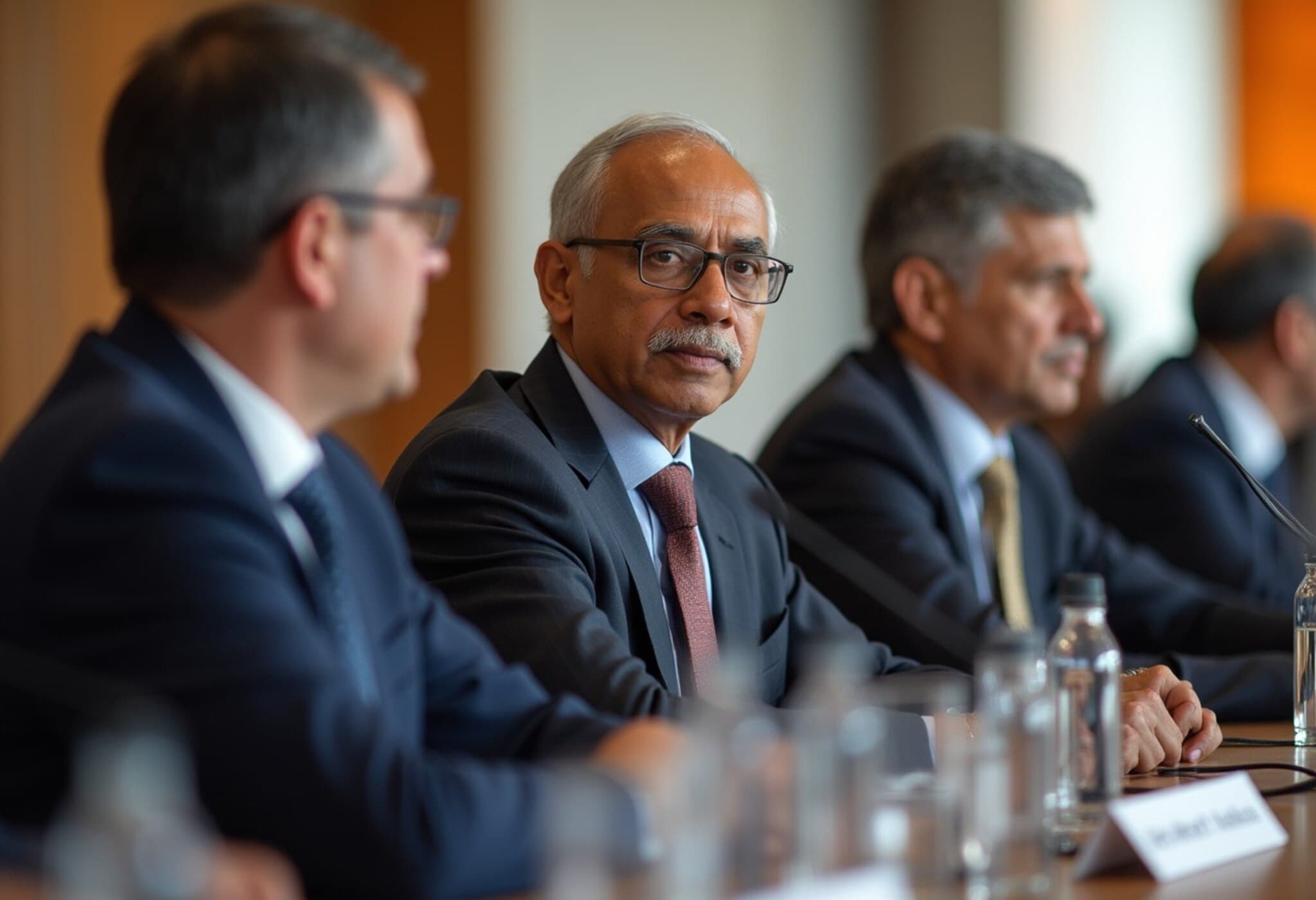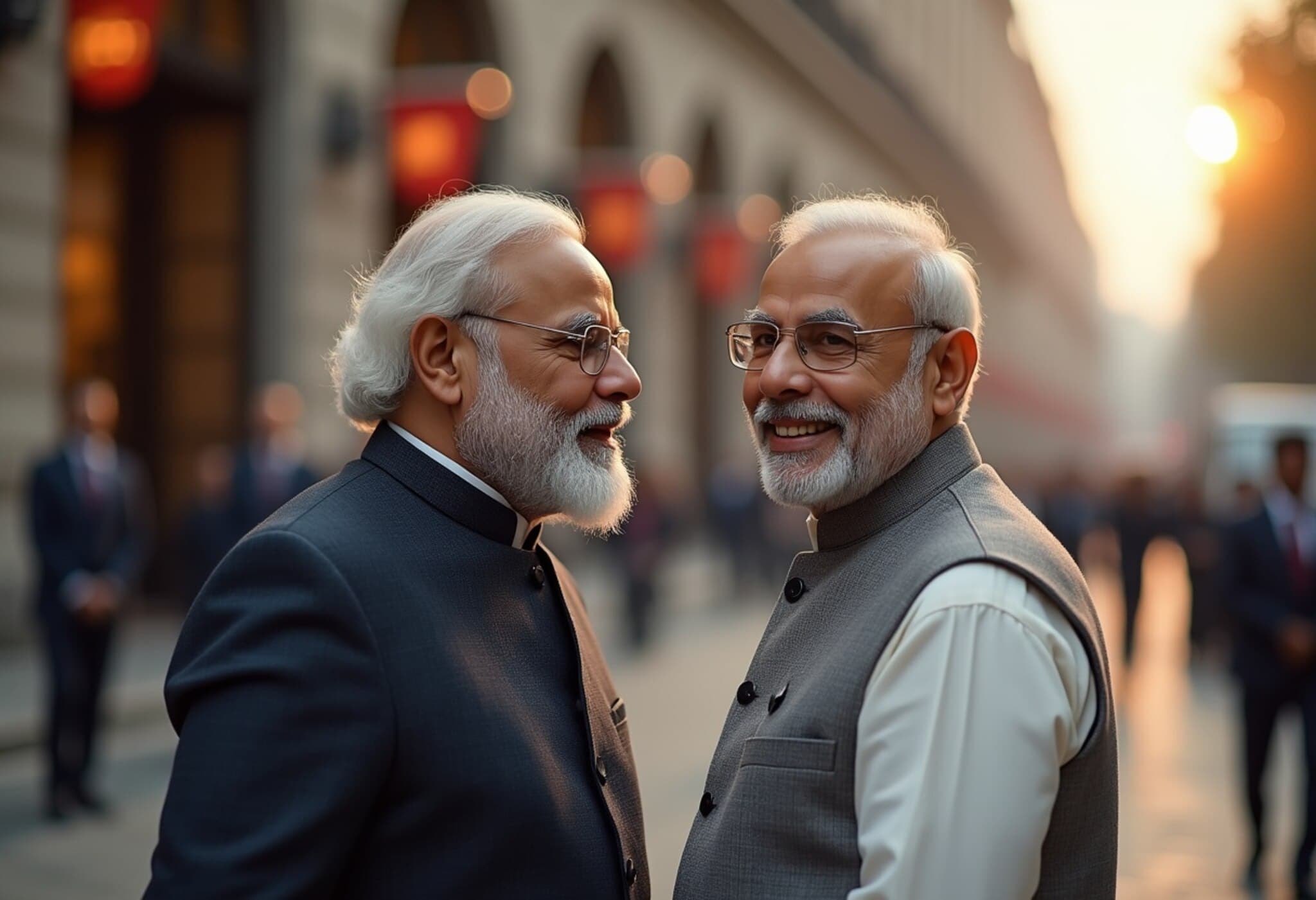India-UK Free Trade Agreement Unlocks Zero-Duty Access Across Key Sectors
On July 24, 2025, India and the United Kingdom signed a landmark Free Trade Agreement (FTA) set to transform bilateral trade and professional mobility between the two nations. With nearly 99% of India’s exports to the UK now enjoying zero tariffs, this deal promises to invigorate Indian agriculture, manufacturing, and services sectors while safeguarding sensitive domestic industries.

10 Key Highlights of the India-UK Free Trade Agreement
1. Preferential Access to UK's $35 Billion Agricultural Market
Indian farmers will benefit from preferential, tariff-free access to the UK’s vast agricultural market, worth $35 billion. Over 95% of agricultural and processed foods — including fruits, vegetables, cereals, pickles, spice mixes, and ready-to-eat meals — will enter the UK duty-free, boosting rural farmer incomes and strengthening India’s agri-export potential.
2. Protection for Sensitive Domestic Sectors
The deal thoughtfully exempts sensitive Indian sectors such as dairy, certain vegetables, apples, cooking oils, and oats to protect local farmers and prevent a flood of cheaper imports that could disrupt domestic markets. This balance reflects a nuanced approach to free trade, prioritizing both growth and local livelihoods.
3. Significant Breakthrough for Indian Marine Exports
One of the biggest wins is for Indian fishermen and marine product exporters, as the UK’s import duties on these items drop from up to 20% to zero. This opens up the lucrative $5.4 billion UK seafood market to India, providing a substantial boost to a sector poised for growth.
4. Employment Opportunities Amplified in Labour-Intensive Industries
The agreement aims to stimulate job creation by providing competitive advantages to Indian industries such as textiles, leather, footwear, sports goods, toys, and gems and jewellery. Fast-growing manufacturing sub-sectors like engineering goods and auto components are also expected to benefit, offering rich employment opportunities back home.
5. Zero Duties on Key Industrial Sectors
Tariffs have been eliminated on major sectors: textiles tariffs dropped from 12% to 0%, base metals from 10% to 0%, and chemicals from 8% to 0%. This duty-free access significantly enhances the competitiveness of Indian manufactured goods in the UK market.
6. Empowering Rural Indian Producers through Processed Food Exports
Processed food exporters in rural India stand to gain as duties on these products plummet from 70% to near zero. This creates new avenues for small and medium enterprises in rural regions, fostering inclusive economic growth beyond metropolitan centers.
7. Social Security Benefits and Worker Protections
The agreement introduces a Double Contribution Convention (DCC), exempting Indian workers and their employers from paying social security contributions in both countries for up to three years. This benefit covers approximately 75,000 Indian workers currently in the UK, easing financial burdens and encouraging workforce mobility.
8. Enhanced Mobility for Indian Professionals
The FTA simplifies visa procedures and broadens access for Indian professionals across sectors. This greater mobility spells opportunities for skilled workers to participate in the UK’s labor market with fewer hurdles, fostering cross-border knowledge exchange.
9. Temporary Movement Opportunities for Specialized Experts
Up to 1,800 Indian chefs, yoga instructors, and classical musicians will be allowed temporary work opportunities in the UK. This unique provision highlights cultural exchange and the value of India’s soft power in the services realm.
10. Opening Doors for India’s Expanding Services Sector
The agreement extends improved market access across IT, financial services, legal services, education, and digital trade. Indian companies deploying professionals on contracts can now benefit from liberalized entry categories, setting the stage for deeper integration of India’s burgeoning services industry into the UK economy.
Expert Insights: What This Means for India’s Economic Future
From an economic policy standpoint, this FTA positions India as a pivotal trade partner for the UK post-Brexit, helping diversify UK trade away from traditional partners. For India, zero-tariff access combined with service sector openings represent a dual thrust to boost exports and employment.
However, experts caution about the sustainability of such benefits. Indian industries must capitalize swiftly on these opportunities through quality enhancements and supply chain efficiencies, while simultaneously protecting vulnerable sectors through continued policy oversight.
Underreported Angle: The Human Story Behind Trade Numbers
Behind the macroeconomic statistics lie real stories—farmers in Punjab anticipating higher incomes, small-scale food processors in rural Tamil Nadu eyeing exports, and thousands of Indian professionals envisioning careers beyond borders. This human dimension reminds us that trade agreements are more than economics; they impact lives and livelihoods on a profound scale.
Looking Ahead: Key Questions for Stakeholders
- How will Indian SMEs access UK markets amid regulatory and logistical challenges?
- What mechanisms will be in place to monitor the impact on sensitive Indian sectors over time?
- How will Indian educational and professional institutions align curricula to meet new UK service sector demands?
- What role will cultural exchanges—such as those enabled by chefs, musicians, and yoga instructors—play in strengthening bilateral ties?
Editor’s Note
The India-UK Free Trade Agreement marks a defining moment in the countries’ shared economic journey, balancing ambition with pragmatism. As 2025 unfolds, stakeholders must navigate the interplay between open markets and protected interests, fostering sustainable growth that uplifts diverse communities. This agreement exemplifies 21st-century trade’s complexity—where tariffs fall but hope and opportunity rise.



